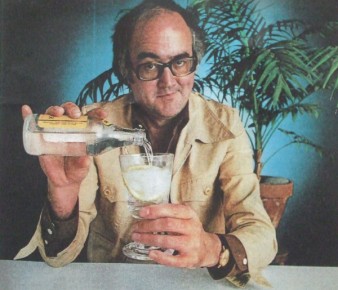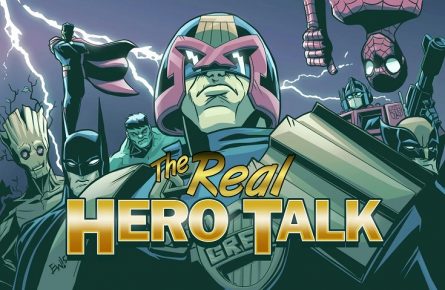Behind the Line: How Satoru Iwata changed the world

Greetings Enthusiacs.
Since the tragic passing of Nintendo president Satoru Iwata there has been no shortage of touching tributes and reminders of what a wonderful man and leader he was. Even if you weren’t a fan of Nintendo, or his work, you must appreciate what he contributed to the industry, and his qualities as a person.
This week, I want to put on my James Burke cap, and look at some of the connections in game and tech development, and show how Satoru Iwata changed the world.

If you don’t recognize the refrence, go watch Connections by James Burke. It’s fascinating.
The incubator – Nintendo
Nintendo has had a legacy of innovation for a very long time. Some of these are a little odd, but shouldn’t be ignored. For example, R.O.B., a peripheral device that is barely remembered these days, but played a part in getting video game consoles back into stores after the Video Game Crash of ’83. It did this by being marketed as a toy, rather than a piece of electronics.

Gaze into the marginally functional eyes of your savior!
As surprisingly clever and effective as that was, there are many other innovations that Nintendo either completely originated, or refined to the point where
- Shoulder buttons on the controller – There were side buttons as far back as some Atari controllers, but the SNES L and R buttons brought both index fingers into play.
- 4 controller ports standard. Starting with the N64, Nintendo consoles have always supported 4 player simultaneous play.
- Force feedback. The rumble pack was introduced with Star Fox 64. It seemed like a gimmick at the time, but it has become standard on all controllers.
- Analog input. While there were analog sticks earlier, it was the N64’s unique controller that began mass acceptance of analog input on consoles.
- Wireless controllers – Lesser known, but the wavebird controller on the N64 was the first wireless controller that was a reliable first party option. Before then, they were all like TV remotes, and like remotes got very unreliable without fresh batteries.
- Portable consoles – Another example where there were portable games before Nintendo, but the Game Boy simultaneously seized control of the portable market, and expanded it enormously.
- 3D Games (control) – In the era of the N64 and PlayStation 1, the industry was scrambling to understand how to handle games in 3D space. Nintendo were the first to find a formula that worked well and aged well. Don’t believe me? Compare Mario 64 and Ocarina of Time against comparable PS1 titles.
- 3D Games (VR) – The Virtual Boy has been maligned for years, but in the age of Sony’s Morpheus, and Oculus Rift, I look at the Virtual Boy as a device that was many, many years ahead of it’s time.
- I’m just going to include Shigeru Miyamoto in general, and all of the game designs he innovated and/or elevated to new levels.
It was this creative entity that Satoru Iwata assumed control of. He succeeded Hiroshi Yamauchi, a businessman with surprisingly good instincts for the nascent games industry despite not having any particular care for video games himself. Satoru Iwata then took this company with this impressive track record of creativity and innovation and took it farther than anyone thought was possible.








Leave a Reply